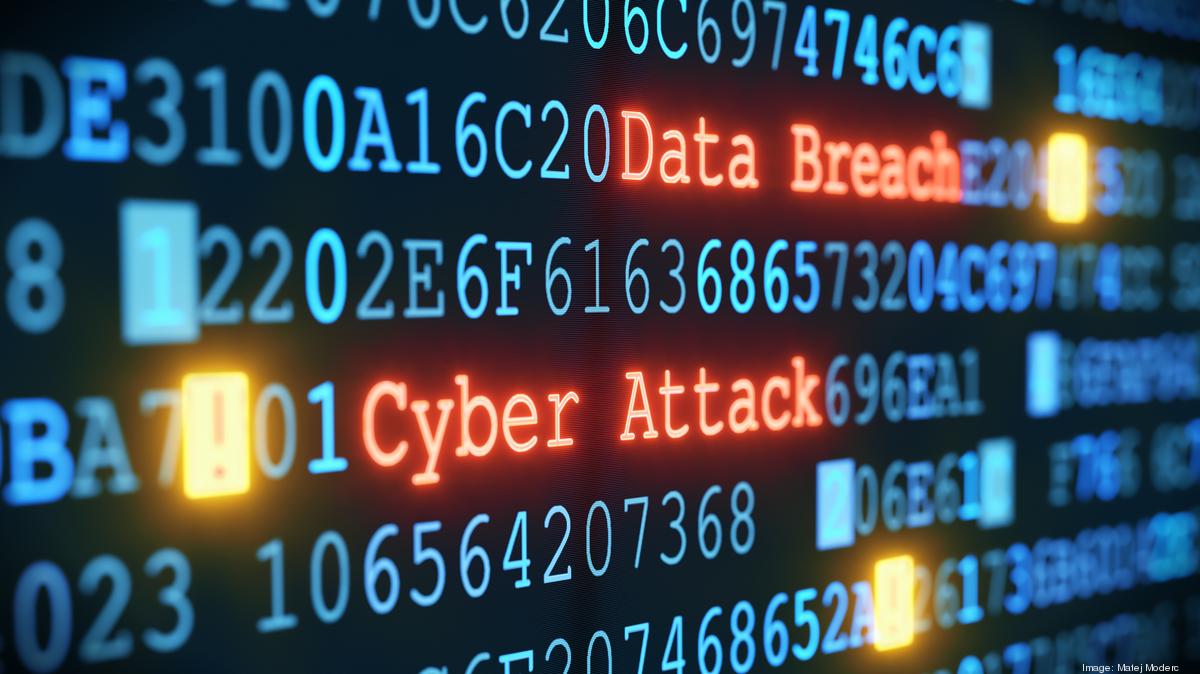
Small businesses face more sophisticated cybersecurity threats
- 18.03.2025 19:33
- bizjournals.com
- Keywords: Cyberattacks, Ransomware, Phishing, Data Breach, AI, Ransomware Payment, Cyber Insurance
Small businesses face increasing, sophisticated cyberattacks costing hundreds of thousands of dollars. Ransomware and phishing attempts are growing more advanced, aided by AI, making prevention crucial. Experts advise training employees, keeping systems updated, and obtaining cyberinsurance to mitigate risks.